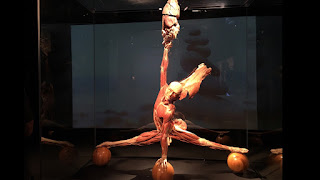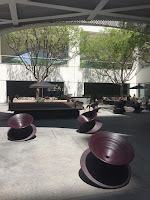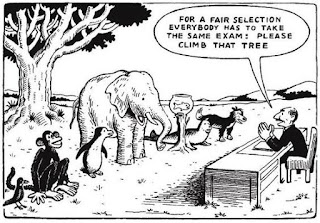Week 4: Art and Medicine and Technology

Blog #4: Art and Medicine and Technology This week’s topic was art and medicine and technology. When I began thinking about the intersection of medicine and art I really couldn’t see how they related. The medical profession seemed very removed from art because I was thinking of it too narrowly. I was imagining helping the sick and healing the wounded, but when I listened to Professor Vesna’s lectures one of the first things she mentioned was Body World. That surprised me, but I realized that it was a perfect example of this intersection — the use of medical plasticity procedures to preserve bodies, and then arranging them artfully in a traveling display. I personally visited this show when I was young at OMSI in Portland, Oregon. It really grossed me out at first, but it also intrigued me very much. As I began thinking more about art and medicine and technology, I realized that this intersection is actually an everyday part of our lives. Any time we manipulate our bodies...



